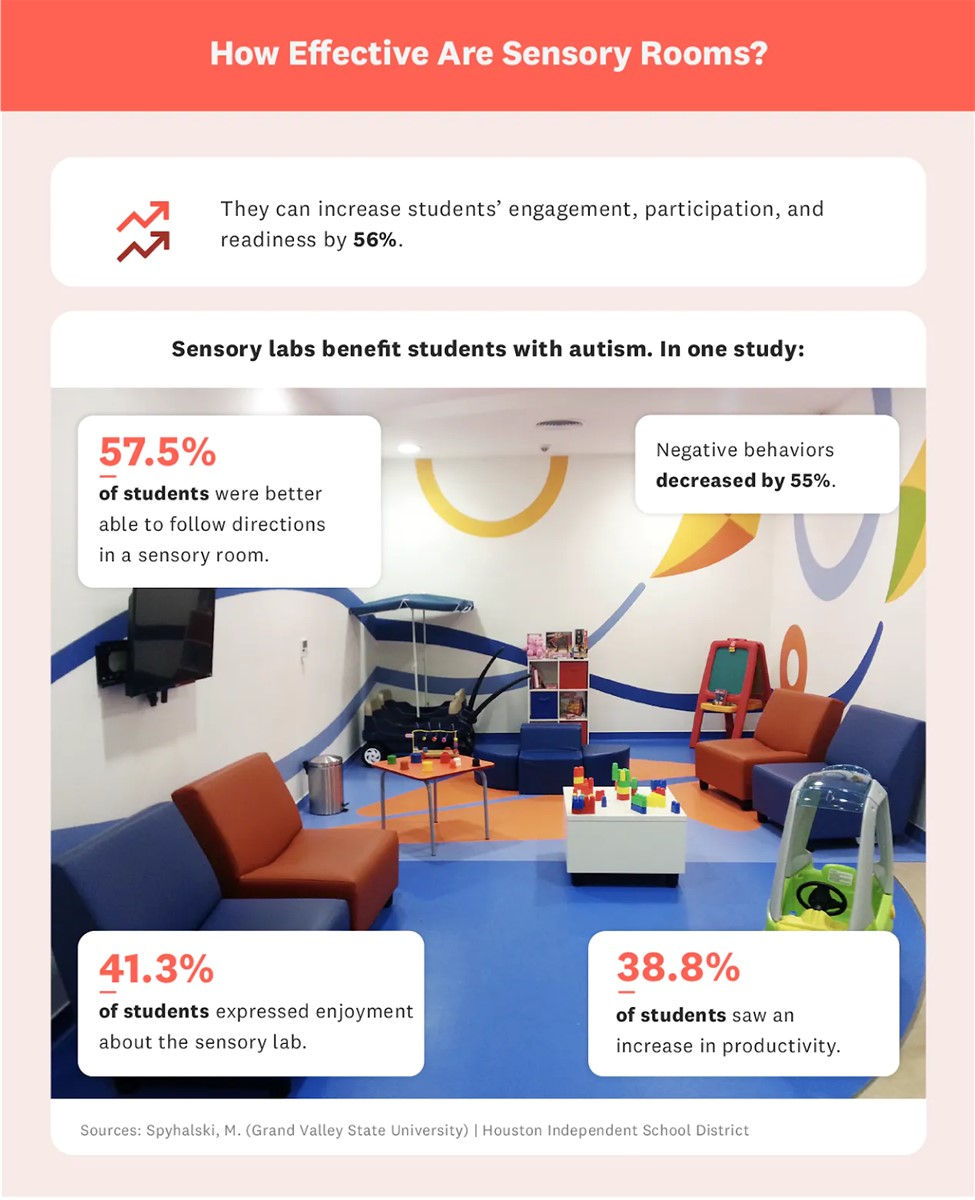12 Tips to Help Your Child Feel Less Stressed
- Susan Donohoe

- Mar 26, 2015
- 2 min read
Updated: Jul 22
Children with sensory challenges tend to prefer predictability, schedules, and routines. When changes in daily life get in the way, routine structure is not always possible. Any change in routine or adding something to their agenda can cause elevated stress in your child. During this time the body sends hormones to the adrenal glands which activate adrenaline, accelerating the heart rate and elevating blood pressure. Cortisol is also released which elevates blood sugar levels and activates a fight or flight response.This can cause your child to exhibit stress behaviors and sensory sensitivity which often leads to a meltdown.

12 Tips to Reducing Stress
Visuals: Use visual pictures, drawing, snapshots, and simple words to help depict anticipated events and order. Include familiar activities involved in your day. Go over these in advance and refer back to them.
Keep a routine as much as possible such as bed time, lunch time, etc.
Keep the noise level down (consider ear plugs and headsets if necessary).
Keep away from crowded areas as much as possible. Consider positioning your child at the end of a row or table, or in a separate chair.
Practice deep breathing techniques.
Deep pressure massage on shoulders, arms, and back whenever is appropriate
Consider kids compression clothing worn as undergarments
or a sensory weighted vest as part of an outfit
Calming music while driving in a car, or through a head set.
Small back pack of quiet fun fidgets can go anywhere. Check out our sensory and weighted toys.
Oral motor strategies such as drinking through a straw or chewing gum.
Take breaks, go outside, leave the room and engage in sensory activities that help your child activate their sensory systems, organize, and calm.
Remember to help predict and consider a child's response to changes in their routing.
Stay calm with your child, don't overreact and increase their stress.

Products You May Like:



